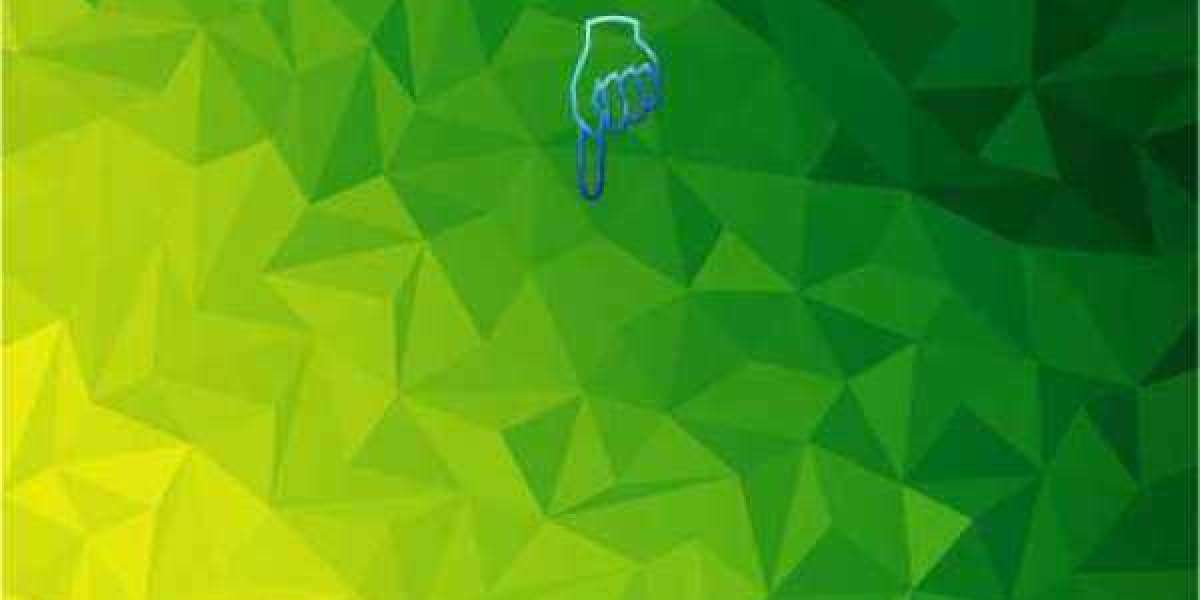| A steering device alters the rotation of the steering mechanism into a linear motion of transmission thus increasing the steering force. The steering device is typically mounted on the frame or body of a vehicle, where steering force passes through it and changes direction of transmission, making it the most crucial core part of the steering system. Rack-and-pinion, worm-crank-pin, and ball-and-nut steering systems are commonly used. 1. Rack and pinion steering: The most commonly used steering device, with the basic structure being a rack and pinion combined with a pair of intermeshing pinions. As the steering shaft turns the pinions, the rack moves in a straight line. The rack is sometimes used to steer the steering wheel by directly driving the track rod. As such, it is the simplest type of steering device. It possesses the merits of simple structure, low cost, highly sensitive and compact steering, and possibility of directly driving the track rods. 2. Worm-crank-pin: This steering device is made with a worm as the driving component and a crank pin as the follower. The worm is equipped with a trapezoidal thread, bearing the finger-shaped tapered finger pin on the crank, and integrating the crank with the shaft of the steering rocker. The worm is turned by the steering wheel when steering. The tapered finger pin in the spiral groove of the worm rotates freely while making circular motion along the steering rocker axis. Thus, the crank and steering arm are driven to swing, which deflects the steering wheel through the steering transmission mechanism. Such steering devices are normally applied to cargo vehicles with high steering forces. 3. Ball-and-nut steering: The main structure of the ball-nut type power steering is composed of two parts: the mechanical part and the hydraulic part. The mechanical part is made up of a housing, side covers, upper cover, lower cover, ball screw, rack and pinion nut, rotary valve spool, and fan gear shaft. There are two drive pairs: a screw rod and nut pair and a rack, fan, and fan gear shaft pair. By inserting a cyclically rotatable steel ball between the threaded rod and rack nut, sliding friction is converted to rolling friction, boosting transmission efficiency. The strengths of this type of steering lie in its user-friendly operation, minimized abrasion, and extended durability. Product Category and Introduction 1. Rack and pinion steering: The rack uses 45cr steel, the gear shaft, steering shaft, valve sleeves, and tie rod outer ball heads are made of 40cr steel, and the tie rod dust covers consist of TPV thermoplastic vulcanized rubber. The steering housing bears aluminum or magnesium alloy die castings, which are lightweight, high in tensile strength, corrosion resistant, bendable, extrudable, and recyclable due to their low melting point. CNC lathes and machining centers have been implied Japanese-made Mazak machines, which offer high precision machining, low wear, easy operation, and long service life. 2. Worm-crank-pin: A worm is a special steel (composition: carbon, silicon, manganese, chromium, nickel, etc.) smelting, rolling, tempering, surface treatment, belt polishing, oiling, and polyethylene cloth packaging process control to ensure high tensile strength, low temperature impact endurance and stable hardness of the steel, making it suitable for general commercial vehicles. 3. Ball-and-nut steering: Structural and technical measures such as improved manufacturing precision, high smoothness of machined surfaces, and quenching and grinding the helix grooves of screw rods and nuts to provide sufficient hardness and wear resistance for long life are commonly employed in commercial vehicles. Product Anatomy Maintenance 1. Please reduce the speed and control the load on the steering machine when driving over bumps and other obstacles. 2. After adjusting the front beam and performing 4-wheel alignment to change the steering tie rods, pay enough attention to the dust jacket to avoid distortion, deformation, improper assembly, otherwise it will cause damage to the jacket. 3. Grease gripping will gradually deteriorate and become dirty, so that the lubrication ability will decrease. At the same time the wear material gradually increases, abrasive wear phenomenon becomes more and more heavy, so that the steering machine abrasion intensifies. It is necessary to perform comprehensive maintenance of the steering machine, comprehensive cleaning, grease replenishment, etc. every 100,000 km or so. 4. Steering machines are used in harsh conditions and under heavy loads. Therefore, special grease must be grabbed, ordinary grease cannot meet the requirements for the application. 5. The clearance of the steering gear gradually increases as it is used, so the steering wheel should be inspected when the air travel on either side of the steering wheel exceeds 15 degrees. If the rack and pinion have severe abnormal wear, the steering assembly should be replaced; if no abnormal abrasion is found, the clearance is probably just too large and can be adjusted. Upon adjustment to a large professional repair shop, adjustments should be made so that the steering wheel can be moved left or right to the limit position and the force is even and flexible in its rotation. 6. Please choose a professional workshop for maintenance and repair of your steering machine. If the steering wheel is improperly adjusted, it is possible that it may become stuck, which may impair driving and physical safety. Installation 1. Install the spacer between the inner bearing ring and the tooth end by pressing the upper and lower bearings into the steering gear journal. Squeeze the oil seal into the adjusting screw plug. Place the steering gear and bearing together in the housing. Fit the adjusting screw and oil seal, check the tightness of the steering gear bearing for axial distortion, ensure that the steering torque is as specified by the factory (typically about 0.5 Nm), fasten the lock nut as specified by manufacturer, and fit the dust cover. 2. Insert the steering rack and install the rack bushing. The clearance between the steering rack and bushing should be within 0.15 mm. 3. Fit the steering rack guide, spacer, guide block compression spring, and adjustment screw (spring cap), and then tighten the nut. 4. Make adjustments to the misalignment of the steering rack and wheel engagement. There are generally two types of adjustment methods, one of which is to adjust the preload by changing the depth of engagement between the steering rack and steering gear teeth by altering the thickness of the gasket between the steering rack guide block and the cover. Another type is to adjust the depth of engagement, namely preload, by varying the clearance value between the steering rack guide block and spring plate with an adjusting screw on the cover. 5. Installation of gasket and rack end Please note that the connection between the steering rack end and the rack has to be fastened and locked securely during installation. 6. Install the horizontal tie rod and horizontal tie rod end, and examine the length of the left and right horizontal tie rods according to the original manufacturer鈥檚 regulations to guarantee the proper anterior beam of the steering wheel. Also, the pinch angle of the ball pin of the horizontal tie rod end must be in accordance with the original specifications. Following the adjustment, the horizontal tie rod clamps should be tightened and locked according to the torque stipulated by the original manufacturer.Auto Steering Systems for sale website:http://www.masuma.com/auto-steering-systems/ |














